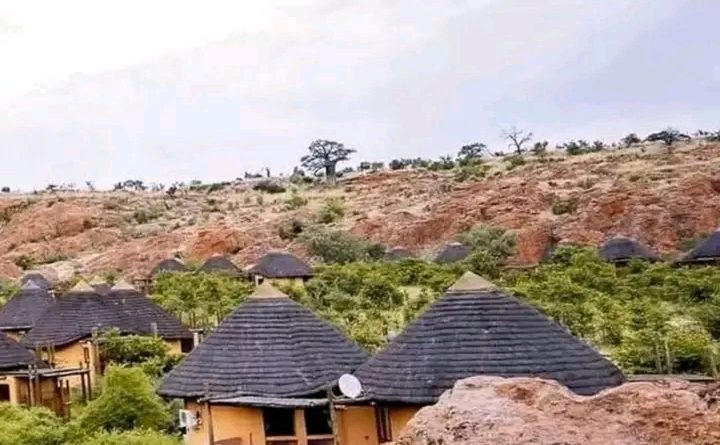Exploring the significance of Mapungubwe World Heritage Site
MAPUNGUBWE NATIONAL PARK
The Mapungubwe World Heritage Site, located inside the Mapungubwe National Park, is a historically significant archaeological and cultural landmark in Limpopo, drawing attention of thousands of tourists annually.
Recognized by the United Nations Educational, Scientific and Cultural Organization (UNESCO), the heritage site was once the centre of the Kingdom of Mapungubwe, one of Africa’s earliest sophisticated civilizations, thriving between 900 and 1300 AD.
Looking at the key facts about the world-renowned heritage site, Mapungubwe was a powerful trading state that connected Africa to Asia and the Middle East through gold, ivory, and glass bead trade.
It predates Great Zimbabwe and is considered the first kingdom in southern Africa. Recently, archaeologists unearthed a golden rhino figurine, a symbol of royalty and craftsmanship, along with other gold artifacts.
These discoveries prove that gold-smithing and wealth accumulation were present in pre-colonial Africa.
The Mapungubwe Hill, which is part of the heritage site, was an elite royal residence where kings ruled in isolation.
The site reflects early African political and social organization with the rich cultural and spiritual significance, where leaders lived separately from commoners.
The area is home to Mapungubwe National Park, featuring the iconic baobab trees, sandstone formations, and wildlife like elephants, leopards and rhinos.
When visiting the site, tourists can explore the confluence of the Limpopo and Shashe Rivers, which offers breath-taking views with a rich biodiversity and scenic landscape.
Recognized in 2003 for its cultural significance, the UNESCO World Heritage Site, Mapungubwe, represents the early complexity of African societies.
The Mapungubwe Interpretation Center showcases artifacts and historical insights.
By paying homage to Mapungubwe World Heritage Site, tourists can have an opportunity to walk in the footsteps of ancient kings, witness extraordinary archaeology and nature, explore a hidden African kingdom with a rich past ideal for history, nature, culture and adventure seekers.




